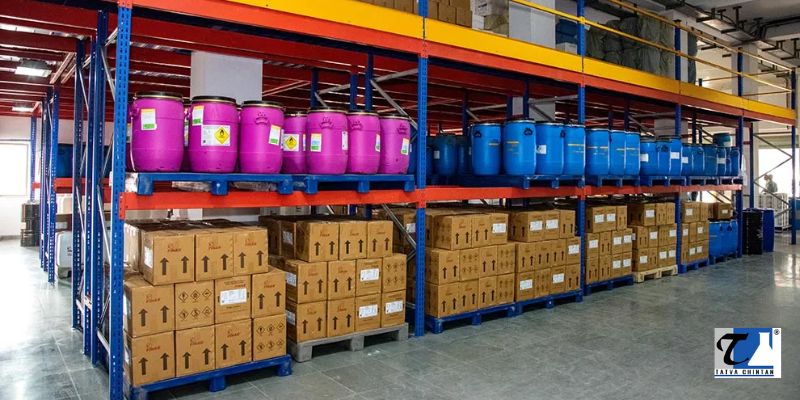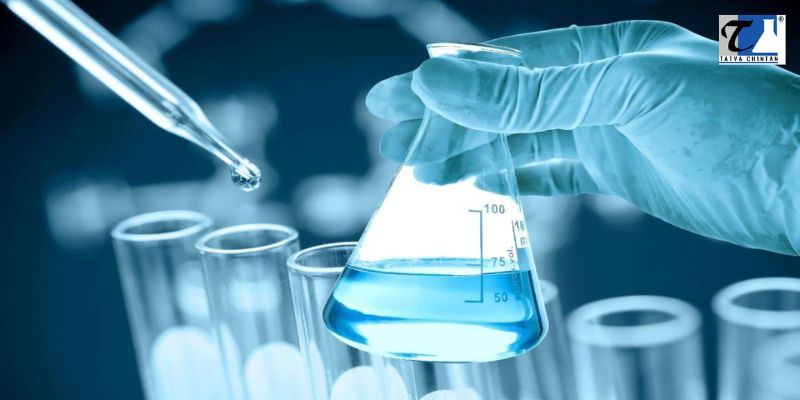Understanding the Role of Tetra Methyl Ammonium Chloride as a Clay Stabilizer in Oil and Natural Gas Drilling

Tetra Methyl Ammonium Chloride (TMAC) plays a significant role in maintaining drilling efficiency and preventing issues related to clay-induced instability. It is a clay stabilizer in oil and natural gas drilling. In drilling fluids, TMAC prevents the swelling and dispersion of clay minerals, ensuring wellbore stability. Understanding the Role of Tetra Methyl Ammonium Chloride as a Clay Stabilizer in Oil and Natural Gas Drilling Due to its thermal stability and ability to withstand aqueous solid bases or nucleophiles, TMAC is a famous quaternary ammonium salt frequently used as a catalyst. It is a colourless, hygroscopic solid soluble in water and polar organic solvents. TMAC is a major industrial chemical widely used as a chemical reagent and a low-residue bactericide in processes like hydrofracking. In oil and natural gas drilling, it is a clay stabilizer. Below are the roles it plays in this: 1. Inhibition of clay swelling TMAC is an important clay stabilizer applied during oil and...


